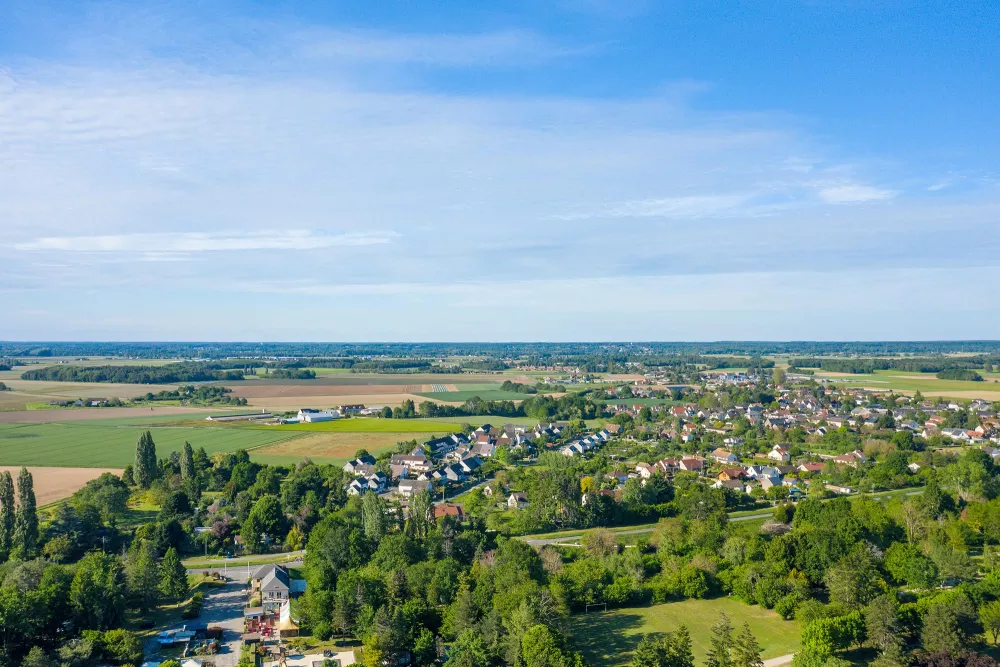Now live: The 2025 Canopy Report. Learn how Americans see trees. GET THE REPORT
Bulletin
Living on the Edge — The Wildland/Urban Interface
With light breezes in the treetops or a relaxing vista of chaparral, scrub oak or palmetto, life can be good where nature meets the city. While this is truly a place close to nature, it is not quite rural and not urban. When people choose to live there, it presents important issues for both landowners and resource managers.

The wildland/urban interface is a geographic space, but not one as clearly delineated as the shore of a lake or the edge of a park.
In fact, it has been well described as the wildland/urban intermix. It is residential areas mixed with woodlands and farmlands. In such areas, there are homes, workshops, and garages where only wildlife roamed, agriculture thrived, or trees covered the land.
Some cities and counties are choosing to prevent the growth of city footprints on the land, working within already developed areas to make the cities greener, more desirable places to live in and to work. No matter what, it is important to assure that those who do live at the edge can do so safely and without undue harm to the land and the sustainable services it can provide.
In this bulletin, we briefly summarize some of the key issues and suggest ways to bring safety and harmony to the interface. Despite jurisdictional problems and the need to move beyond traditional roles, urban foresters and tree boards can — and should — play an important role in the education and political decisions necessary to bring about positive change.
Residences at the edge of the city present a challenge to landowners and public officials, including urban foresters. Forethought and cooperation are needed for safety and environmental protection.
In This Bulletin
Here’s what’s inside:
- Living with Fire – guidance for responsibly living amid the forest
- Landscaping for Fire Prevention – one former forester’s story
- Reducing Human Impacts – considerations to minimize the affects of the wildland/urban interface
- Communities Take Protective Action – examples of proactive planning
- Firewise Communities – how to become a recognized Firewise Community
